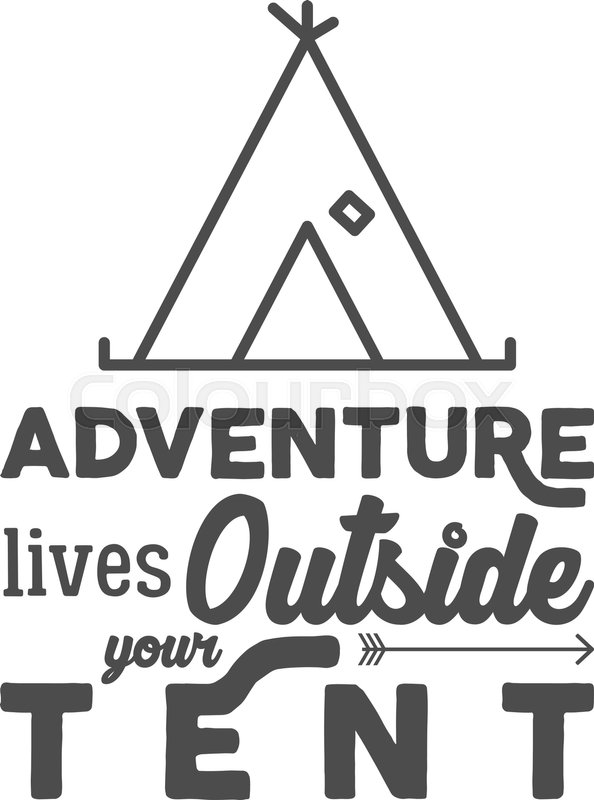Stove jacks are important to secure tent oven use, keeping cold air, rainfall, snow, bugs and also flammable combustible materials out of the outdoor tents. Yet, they're not without their challenges. Continue reading to discover typical errors campers make when suitable their stove jacks, and just how you can prevent them at your camping site.
Material Compatibility
When searching for an oven jack, ensure it is made from heat-safe products. The textile made use of to make the jack needs to also be durable and breathable, which will help to keep the tent warm and dry when it's in usage.
As soon as you have actually found a stove jack that is compatible with your outdoor tents, it's time to determine where you want to install it. Usually, it's ideal to position the oven in the center of the outdoor tents to help maintain all areas cozy and comfortable, yet it is essential to prevent placing it directly up against a camping tent wall surface since this is a fire risk. Likewise, take into consideration just how very easy it will be to reach your cooktop when refueling and tidying up in the middle of the night.
Oven jacks are pretty straightforward outdoor camping gear, yet they are extremely vital for securely utilizing a camping tent oven in any type of weather condition. By taking the time to pick the appropriate dimension and appropriately mount your stove jack, you'll be good to go for a comfortable camping experience!
Stove Pipe Size
The size of your stove pipe is necessary to make certain appropriate venting and to avoid a fire hazard. A tiny size pipe will certainly function great in the majority of outdoors tents, however a larger one ought to be made use of with a heavier-duty canvas outdoor tents or a Tipi.
When it pertains to establishing the suitable placement of your cooktop, the facility of the camping tent is often the very best option. This will certainly aid keep the entire camping tent warm while reducing the potential for smoke to leakage around the edges. It also aids stop warm from surprising from the stove and right into combustible products like wall surfaces or ceilings.
When it involves wall and floor defense, NFPA calls for at the very least 36" of clearance from combustible walls. This can be decreased by using a range shield and a single-wall stovepipe with a shielded thimble (if entering into the ceiling, attic room or roofing). Constantly consult your woodstove manufacturer's proprietor's guidebook for more details regarding appropriate setup.
Range Pipe Length
Aside from not being directly up against the wall surface of the camping tent (where maybe a fire danger) there isn't truly a wrong location for a stove jack. It's simply a matter of preference, depending on just how simple it will certainly be to grab refueling and just how close it will backpacking be to the entryway of your camping tent.
However, if you mount your pipeline also way out from the stove, chilly air and rainfall will be able to blow in around the beyond the pipeline. This isn't optimal, as it will certainly make starting your oven and maintaining a good draft hard.
To identify how much flue you'll require, measure the range from where your camping tent's oven will certainly rest to your chimney opening. After that deduct two inches since each section of pipe overlaps. The number you get is the quantity of pipeline you'll require to get. Luckily, setting up range pipes isn't hard and requires marginal tools.
